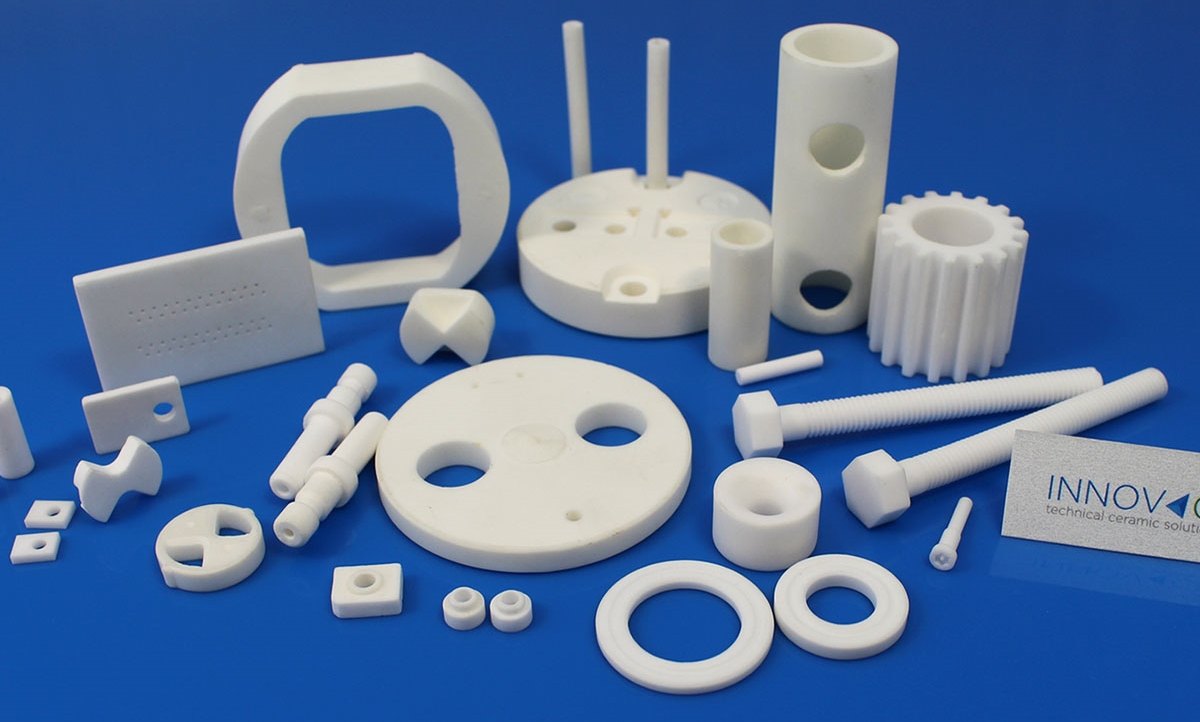Ceramic Bodies & Shells
Instant Reply (whatsapp) +86 137 8230 9705
Ceramic Bodies & Shells
Ceramic materials are widely utilized for crafting ceramic bodies and shells, especially when specific properties such as high-temperature resistance or chemical inertness are required. These ceramics are tailored to meet diverse needs depending on their intended use, including the ability to withstand extreme temperatures, resist corrosion and oxidation, maintain mechanical and thermomechanical strength, endure thermal shocks, and offer wear resistance. The composition, shape, and geometry of ceramic bodies and shells vary extensively to suit these varied applications.
A critical aspect of these ceramics is their capability to perform under high-temperature conditions. This necessitates not only a high melting point but also the retention of mechanical strength, chemical stability, and wear resistance during operation at elevated temperatures. The materials are engineered to ensure that their performance at high temperatures remains consistent or only minimally altered from their behavior at room temperature.
Common examples of applications that demand such high-temperature ceramic bodies and shells include kiln furniture used in high-temperature kilns, spark plug bodies that withstand extreme heat and chemical reactions within internal combustion engines, and shells for investment casting, where they must endure the high temperatures of molten metals during the casting process. These applications underscore the importance of advanced ceramic materials in industrial and engineering contexts, where they are essential for reliability and efficiency in high-temperature operations.

The process for ceramic bodies & shells steps:
The manufacturing process of ceramic bodies and shells is intricate, tailored to produce materials that can withstand extreme conditions.
This process ensures that the ceramic bodies and shells achieve the necessary mechanical, thermal, and chemical properties for their intended high-temperature applications.
Examples of ceramic bodies & shells:
Ceramic bodies and shells are used in a wide array of applications, benefiting from their high-temperature resistance, strength, and chemical stability.
Kiln Furniture: Supports and shelves made of refractory ceramics used in kilns to hold and separate items during firing. They must withstand repeated heating cycles and support heavy loads at high temperatures.
Spark Plug Insulators: Ceramic shells in spark plugs provide electrical insulation and heat dissipation within internal combustion engines, withstanding extreme temperatures and corrosive environments.
Investment Casting Shells: Used in the precision casting process, these ceramic shells form the molds into which molten metal is poured, requiring excellent surface finish and dimensional stability at high temperatures.
Biomedical Implants: Ceramic bodies used in medical implants, like hip and knee replacements, offering biocompatibility, wear resistance, and stability in the human body.
Gas Turbine Components: Advanced ceramics are used in turbine blades and other components, providing resistance to thermal shock, high temperatures, and mechanical stress in jet engines and power plants.
Electrical Insulators: Ceramics serve as insulators in electrical applications, from simple household porcelain fuses to complex insulators in high-voltage power lines, due to their excellent dielectric properties.
Catalytic Converter Substrates: Ceramic bodies used as the support structure for catalytic materials in automotive catalytic converters, requiring high surface area and thermal shock resistance.
Tile and Sanitaryware: Ceramic bodies shaped into tiles, sinks, toilets, and other architectural elements, valued for their aesthetic qualities, durability, and ease of maintenance.
Wear-Resistant Linings: Used in industrial equipment like mills, mixers, and conveyors to protect against abrasion and corrosion, prolonging the lifespan of the machinery.
These examples demonstrate the versatility and essential role of ceramic bodies and shells in various sectors, including industrial, automotive, energy, medical, and consumer products.

